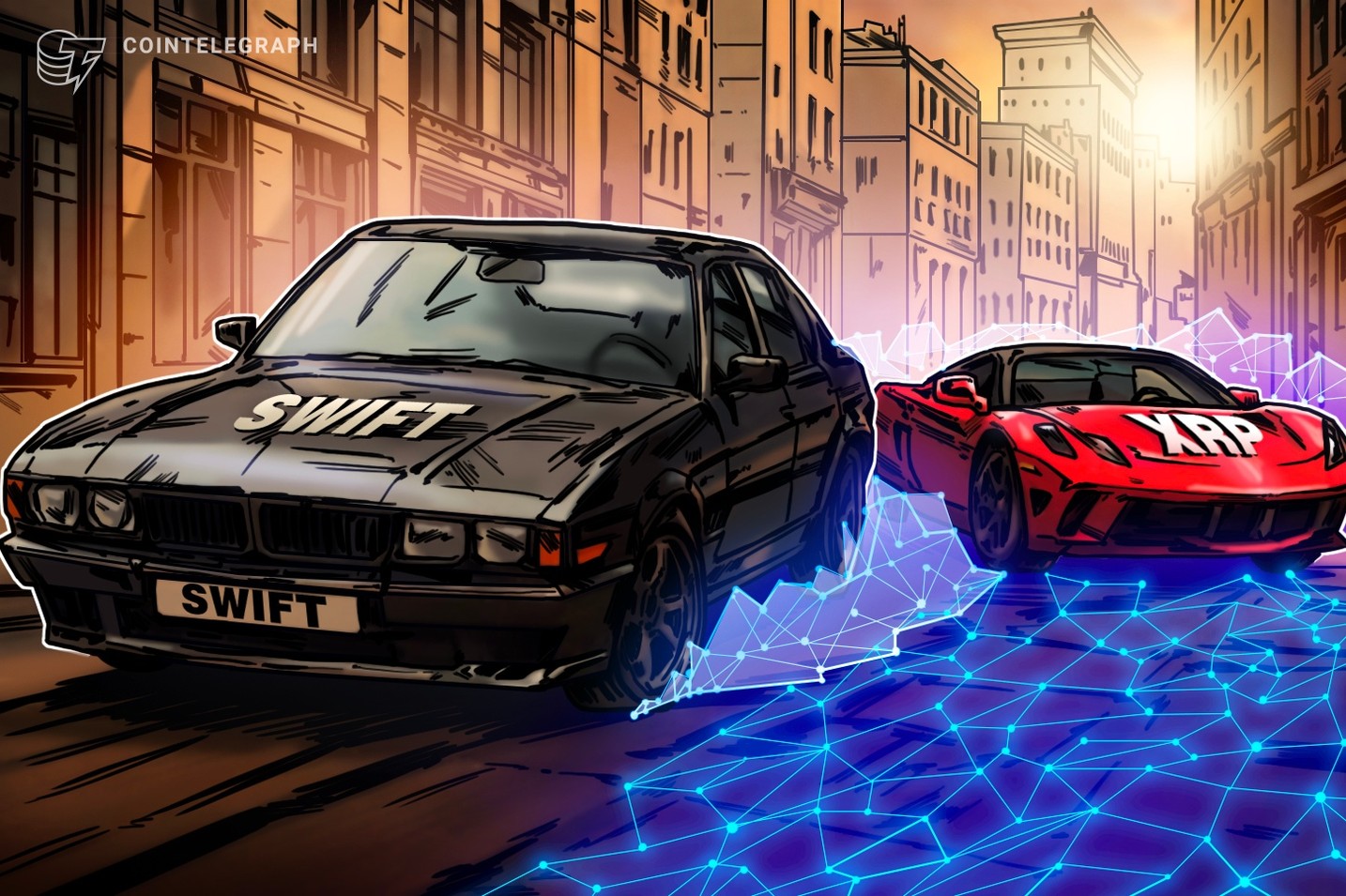
SWIFT's Blockchain Initiative: A Challenge to Ripple's Payment Technology?
This article examines how SWIFT's new blockchain project could rival Ripple's efficiency in cross-border payments and the significant hurdles it may face.
Overview
SWIFT plays a crucial role in global banking by facilitating the majority of bank transfers through its messaging system, contrasting with Ripple, which utilizes XRP for expedited cross-border transactions. The competitive landscape is shifting as SWIFT progresses with a blockchain solution aimed at real-time payments.
Key Highlights
- SWIFT manages the majority of global banking transfers, while Ripple’s XRP token enables faster, lower-cost cross-border payments.
- The use of XRP extends beyond payments into remittances and potential applications in decentralized finance (DeFi) and loyalty systems.
- SWIFT’s blockchain system aims for interoperability and supports regulated assets, but it faces significant challenges such as regulatory compliance and system integration.
SWIFT’s Role in Banking
SWIFT is not a funds transfer service but provides a standardized messaging system for secure communication among banks regarding financial transactions. By using unique codes, SWIFT ensures that messages reach their intended banks, thus reducing errors and enabling compliance across 200+ countries.
Did you know? SWIFT was established in 1973 to create a more secure and efficient communication method than the outdated Telex system.
Ripple’s Versatile Applications
The XRP Ledger facilitates rapid, inexpensive international payments and is increasingly being utilized in areas like travel and loyalty programs. Institutions, like SBI Holdings, are recognizing XRP as a critical asset for operations and treasury management.
SWIFT’s Blockchain Ambitions
The new blockchain project from SWIFT seeks to establish a framework that supports both public and private blockchain integration along with tokenized asset management. It enhances existing infrastructure, making adaptation manageable for banking institutions.
Anticipated Competition
SWIFT’s long-established network gives it an edge, but to effectively compete, it will need to improve liquidity and operational efficiency to match Ripple’s advantages. The existing integrations of various banks into SWIFT’s ecosystem may slow the shift toward alternative systems, including Ripple.
Open Questions
Moving forward, it remains to be seen whether SWIFT’s blockchain initiative will complement or pose a serious challenge to Ripple. The evolving dynamics of both companies will play a crucial role in shaping the future of global payments.
Did you know? Ripple’s ODL can settle transactions in just a few seconds, compared to SWIFT’s typical transfer time of one to five business days.
This summary outlines the transformative potential of SWIFT’s blockchain project and highlights the challenges ahead as it strives to maintain relevance in the changing landscape of financial technology.
